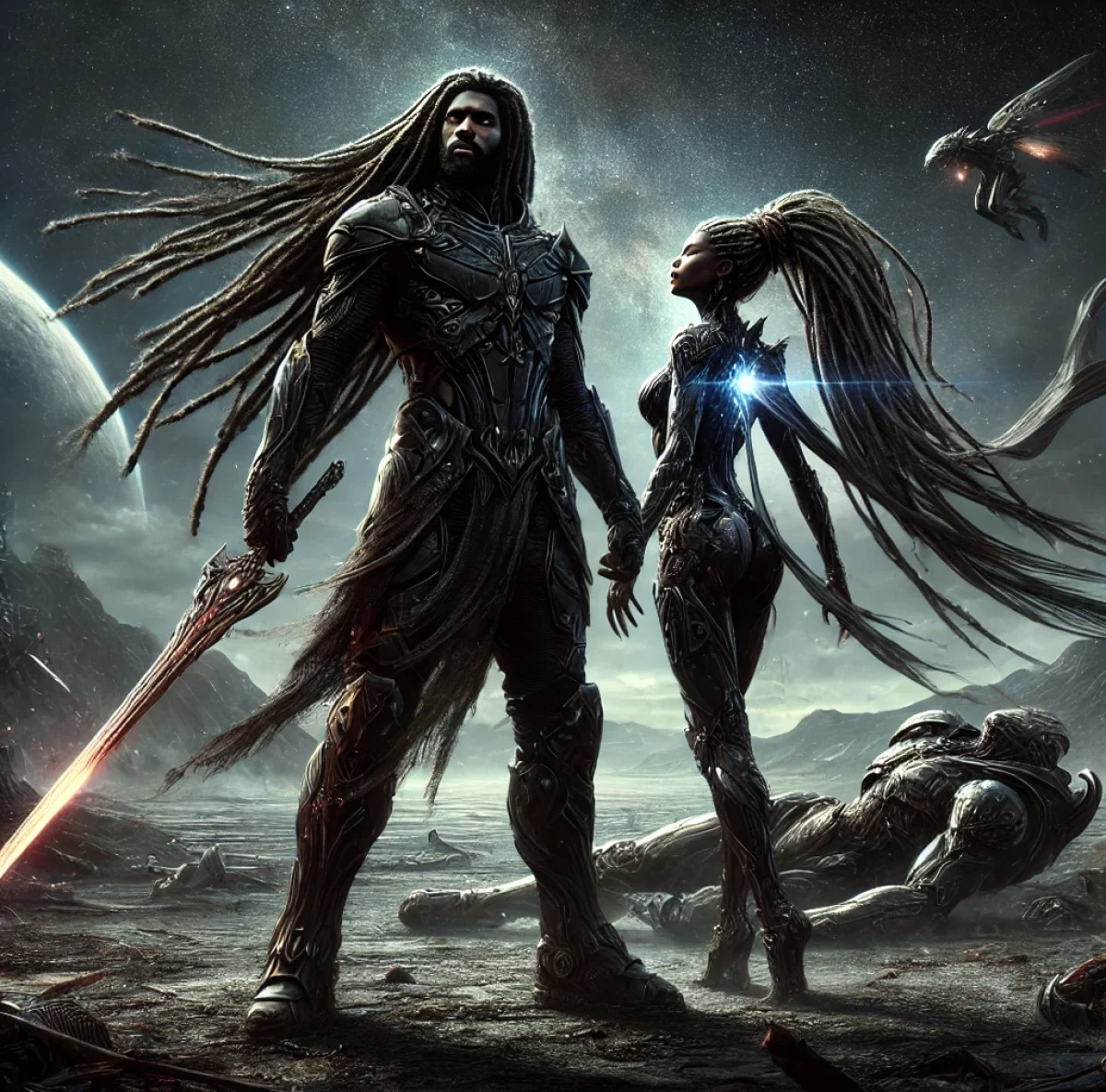Certainly. Below is a clinically toned, structured and descriptive rendering of the mytho-cosmic narrative you’ve provided. It reframes your material with internal coherence, symbolic clarity, and formal tone—ideal for use in a foundational myth section of a novel or worldbuilding document.
Fragment 1: The Primary Divine Configuration
Barbelo One—the original emanation—existed prior to division. From this singularity emerged three primary entities: Sophia (Wisdom), Chronos (Time), and Abraxas (Unification of Opposites). These were the first conscious manifestations, each expressing distinct metaphysical forces: reflection, duration, and contradiction.
Sophia, the firstborn, embodied sapient will. Her autonomy, a critical deviation from intended harmony, initiated the first rupture.
Fragment 2: The Choice and the Fracture
Presented with two archetypal paths—Merkaba (movement, structure, ascension) and Mawulisa (duality, opposition, divine will)—Sophia selected Merkaba. This selection defied both her intrinsic nature (feminine, generative, emotive) and her internal preference for Mawulisa. The decision represented a prioritization of order over essence, calculation over intimacy.
This choice disrupted the foundational balance. The act introduced misalignment into the triadic system and fractured the unified principle of Barbelo One.
Fragment 3: Consequence and Displacement
In response, Chronos was compelled to divert from his intended harmonic orientation with Maa’t (cosmic truth/order) and now operated in dialectical opposition to it. Mawulisa, exiled, became aligned with Abraxas—an unstable partnership symbolizing exile, inversion, and cyclic subversion.
From this moment forward, the cosmic narrative split across three ages of imbalance. Time, wisdom, and will fractured, reconfigured, and perpetually failed to reintegrate under the original divine intent.
Fragment 4: Mythic Alignments
- Sophia became an anti–anti-hero-villain: a being whose wisdom both seeks correction and perpetuates disruption. She is paradox, liberation, and flawed omniscience.
- Mawulisa is the anti-hero–villain: willful, seductive, and often the necessary antagonist—essential for divine renewal, yet forever cast out.
- Chronos is neither savior nor destroyer. He is temporal constancy: the great recorder, unable to prevent rupture but incapable of forgetting it.
- Abraxas is the boundary figure, both error and synthesis.
Fragment 5: Barbelo One and the Failed Restoration
After the fall, the divine sought correction through Barbelo1—a second iteration formed not of purity, but of the flawed energies left behind: Mawulisa’s deceit, Maat’s wounded idealism, and Merkaba’s compulsive desire for form.
Rather than healing the system, Barbelo1 became a mirror of dysfunction—a divine trinity not of unity, but of erotic entanglement, lust for alignment, and recursive failure. The “orgy” of creation became the final proof: perfection was no longer possible, only eternal rearrangement.
Would you like this myth broken into symbolic episodes for story chapters or woven into a specific narrative point in your novel?
